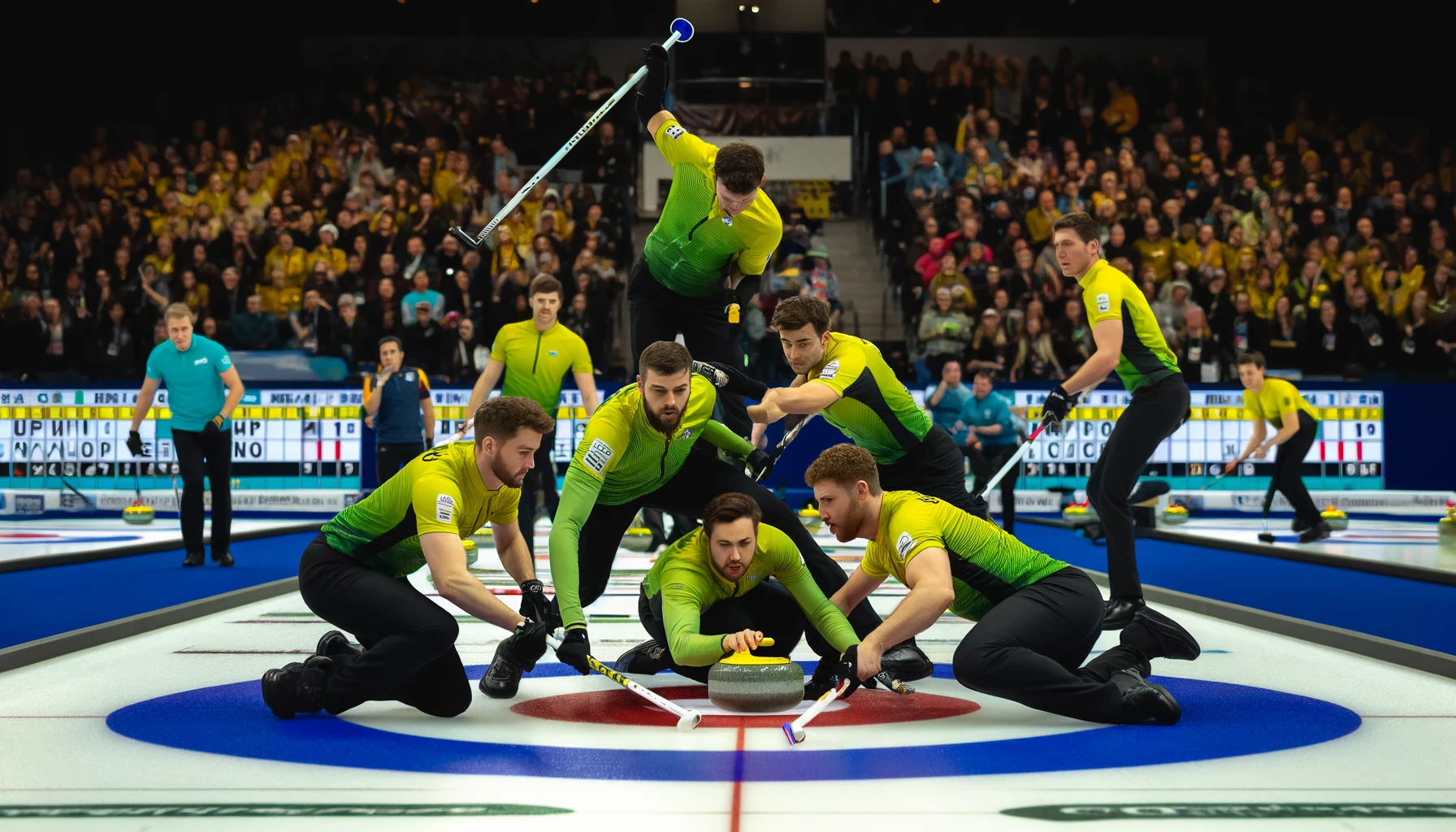1. Team Composition: Full-contact curling is played between two teams, with each team consisting of four players. The team members are designated as the lead, second, third (vice-skip), and skip. Each player has specific roles and responsibilities within the team.
2. Playing Surface: The game is played on a rectangular sheet of ice known as the curling rink. The dimensions of the rink typically range from 42 to 45 meters in length and 4.3 to 5 meters in width. The playing surface is carefully maintained and prepared to ensure optimal conditions for gameplay.
3. Stones: Each team uses eight stones made of granite. These stones weigh approximately 20 kilograms and are designed with a handle on top for players to grip and control their movement. The stones are carefully crafted and maintained to meet specific standards and requirements.
4. Scoring: The primary objective of full-contact curling is to score points. Points are earned by positioning the team’s stones as close as possible to the center of the target area, known as the house. Only one team can score points in each end. Points are awarded based on the number of stones that are closer to the center of the house than the opponent’s stones.
5. Gameplay: Full-contact curling is played in a series of ends. Each end consists of all players from both teams delivering two stones, alternating turns with the opposing skip. The skip, as the team leader, determines the strategy and calls the shots for the team. The other team members execute the shots and provide assistance as required.
6. Sweeping: Sweeping plays a vital role in full-contact curling. Players use brooms, typically made of durable materials like carbon fiber, to sweep the ice in front of the moving stone. Sweeping helps reduce friction, control the speed and trajectory of the stone, and influence its movement towards the target area.
7. Guard Zone and Free Guard Zone: The game incorporates the guard zone and free guard zone rules. The first four stones delivered in each end, excluding the delivering team’s stones, cannot be removed from play until the fifth stone of the end is delivered. This rule encourages strategic gameplay and enhances the tactical elements of the sport.
8. Scoring and End Completion: Once all 16 stones have been delivered in an end, the scoring is determined. The team with the stone closest to the center of the house scores one point for each stone that is closer to the center than the opponent’s closest stone. The end is considered complete, and the final scores are recorded.
9. Game Duration: A standard full-contact curling game typically consists of eight to ten ends, depending on the level of play and competition. The team with the highest total score at the end of the designated number of ends emerges as the winner of the game.
By following these primary rules, participants in full-contact curling can engage in an exciting and challenging sport that combines strategy, skill, and physicality. The rules ensure fair competition, strategic decision-making, and an enjoyable experience for both players and spectators.




